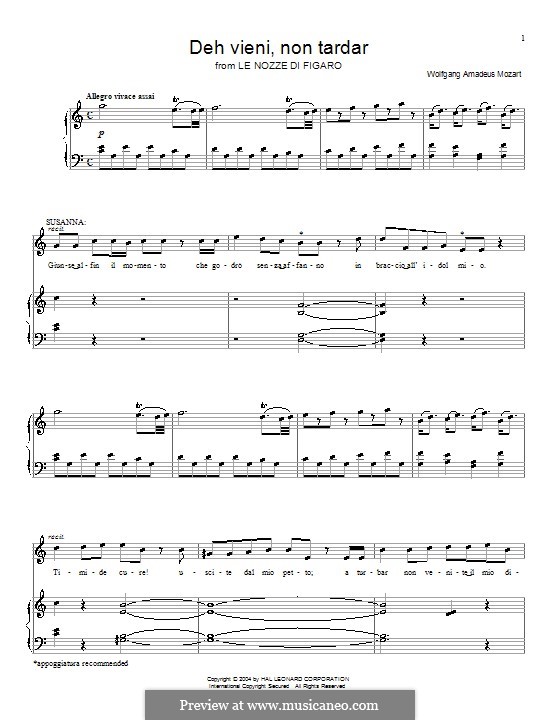
Nor is it productive to study how one particular domain dictates to the others, particularly as a matter of studying local relations between text and music, normally a first impulse in operatic analysis: although moments of text painting might be found, they are isolated events rather than a discourse that shapes the aria. How might disparate theoretical tools and performance decisions be woven into a polyphonic interpretive web? How can a rhythmic flutter in m. Although each minor riddle might be dispelled within its own musical parameter, an analysis of the aria as a whole aspires to synthesize these subplots into a larger narrative. Its harmonic language, though indeed mostly diatonic, encompasses some moments of perplexing haziness, enough to intrigue the tonal analyst. The analysis engages with musical details by starting from hypotheses about what the piece is serenade or psychologizing aria, what it does deliver text or embody expressive action, and how its musical features afford those identities. Observations from disparate domains coalesce into an interpretation of the aria. This shift in perspective realigns how different musical parameters collaborate to produce meaning.



 0 kommentar(er)
0 kommentar(er)
